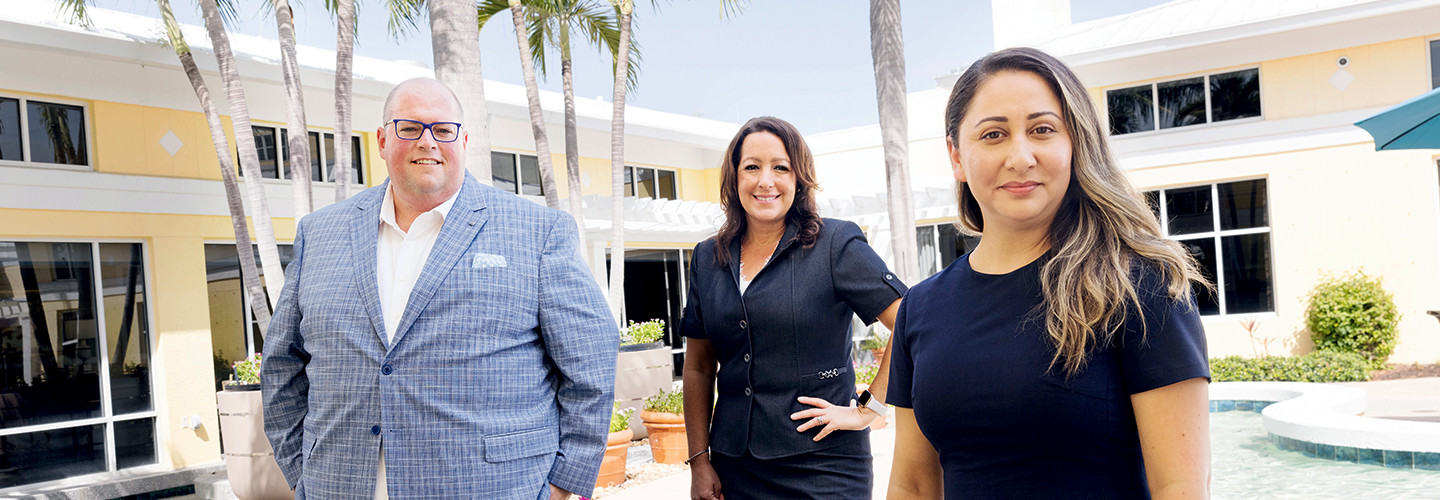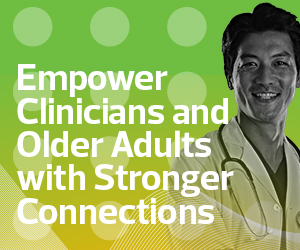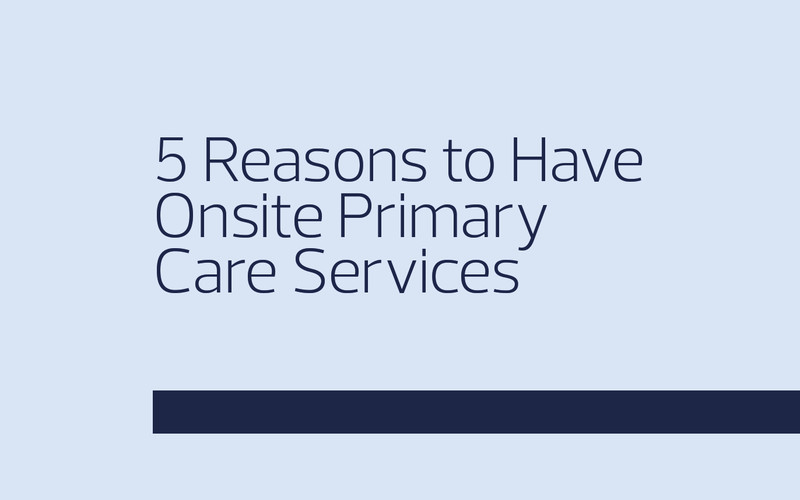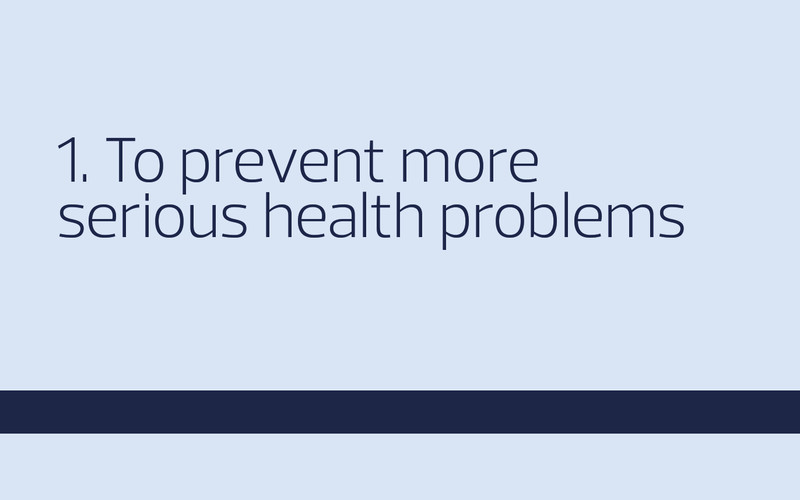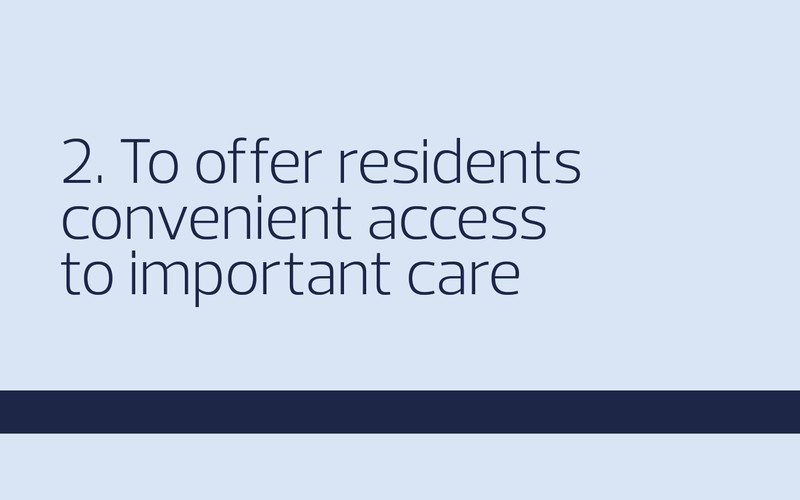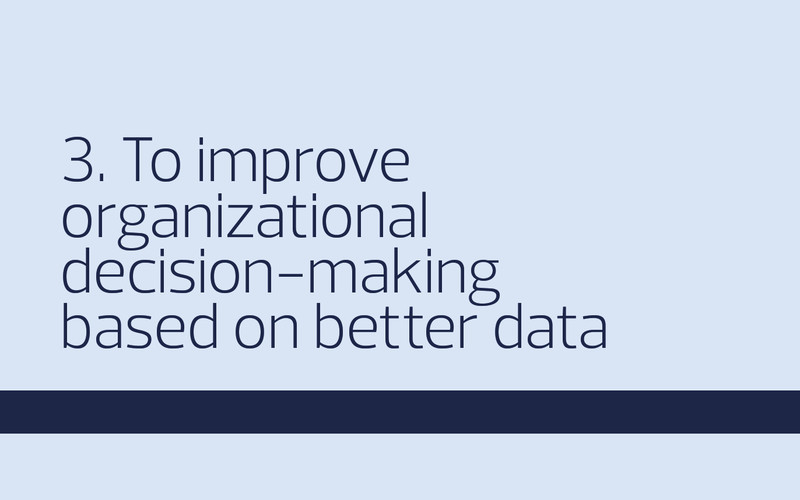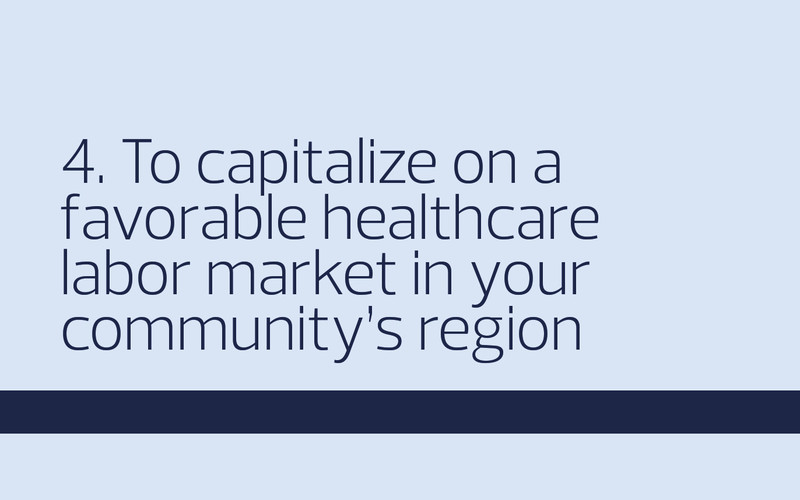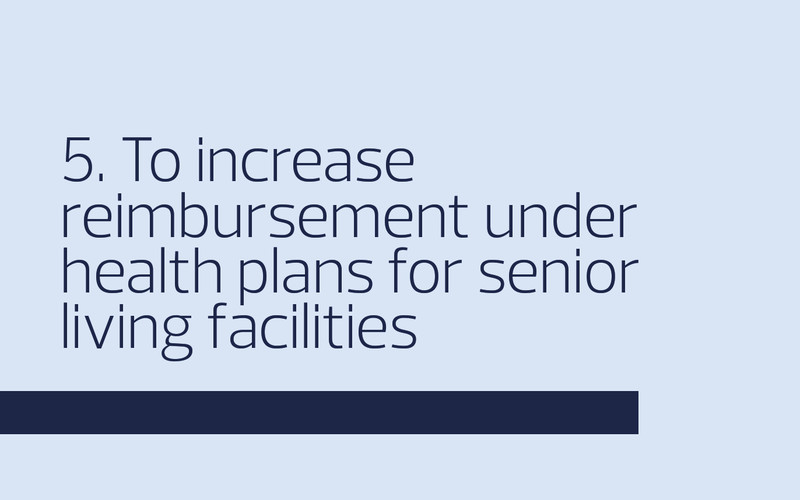While assisted living and skilled nursing spaces have been integrating primary care for a long time, independent living communities haven’t always included that aspect. So, when a community does offer onsite services, a team of physicians, organizational staff and more can collaborate to make sure a resident’s wellness encompasses all facets of their daily life.
An interdisciplinary approach incorporating primary care can help ease care transitions and eliminate a source of stress for residents, since older adults are more likely to be managing chronic conditions that require regular health checkups.
“The more organizations can reduce that number of transitions between care providers, the better it is in terms of outcomes for those older adults from a healing perspective and a cognitive integrity perspective,” says Dee Pekruhn, director of Life Plan Communities Services and Policy at LeadingAge.
As more senior care organizations incorporate primary care services into their communities, they’re implementing virtual care to provide the flexibility to manage patients remotely, says Scott Code, vice president of LeadingAge’s Center for Aging Services Technologies. They’re also improving digital access to schedule appointments and set up virtual touchpoints, he adds.
WATCH: Eskaton’s updated networking infrastructure supports residents and staff.
Cypress Living Offers Complete Approach with Primary Care Clinic
At Cypress Living, independent living residents can visit a physical clinic or see a clinician during a house call. Physicians will typically see residents with chronic conditions every three to six months, while those without chronic conditions may stick to annual visits, says Christine Burns, vice president of home and community-based services.
“We can really provide great insight and collaboration across the board when we’re talking with and caring for our residents, and I think that is truly special,” Burns adds.
The organization uses Microsoft Teams to connect nurses and medical assistants to providers, Cannamela says. The platform also enables physicians to include off-campus family members in residents’ care discussions. “Just having the opportunity to collaborate and really focus on what’s best for our residents and their needs has been something special we can provide,” Burns adds.
Telepresence carts linked to Teams and equipped with Logitech cameras and medical devices such as USB otoscopes give clinical teams mobility.
“You can change the camera input from the Logitech camera to the otoscope while you’re midstream in a Teams meeting, and a caregiver can hold up that otoscope to a person’s ears or nose or throat to get a more in-depth look at what’s going on with somebody,” says Vice President of Innovation Joe Velderman.
The Teams platform has helped supplement the use of electronic health records systems, he says.
“These Teams threads really provide a contextual conversation around caregiving and resident encounters and bridge the gap between our medical care team, our skilled nursing team, and assisted living or memory care teams,” Velderman says. “They also support caregiving continuity between shifts of frontline workers. That’s brought a lot of value to the different service lines we have and the patient-centered focus we want to provide.”


